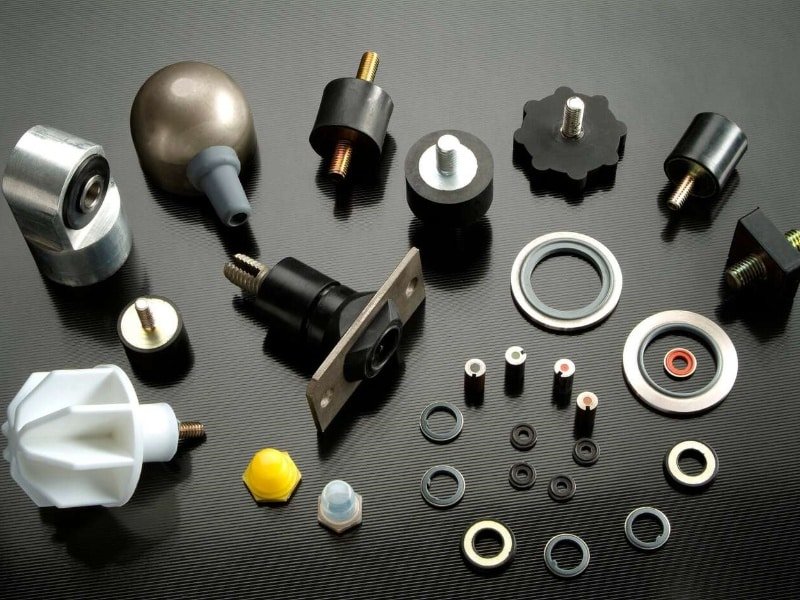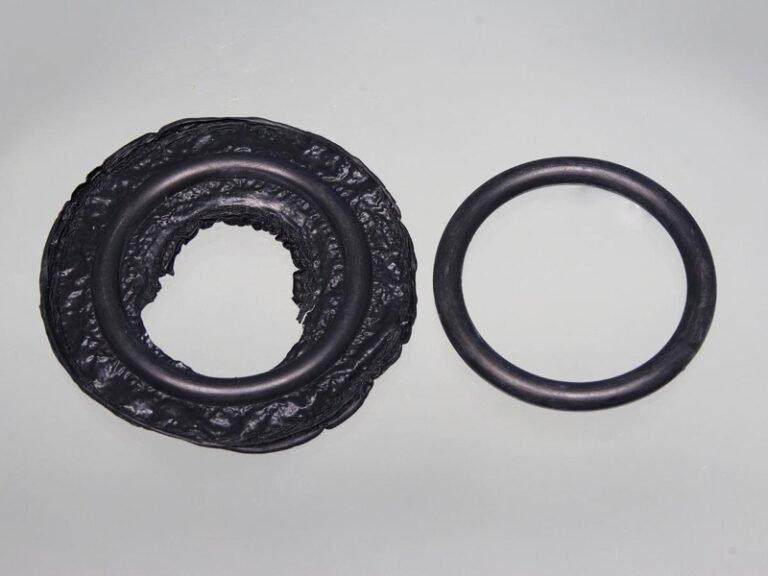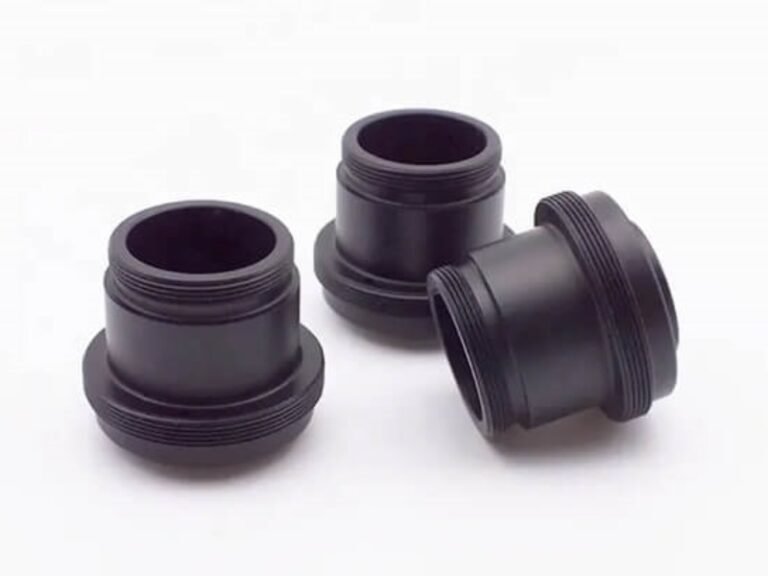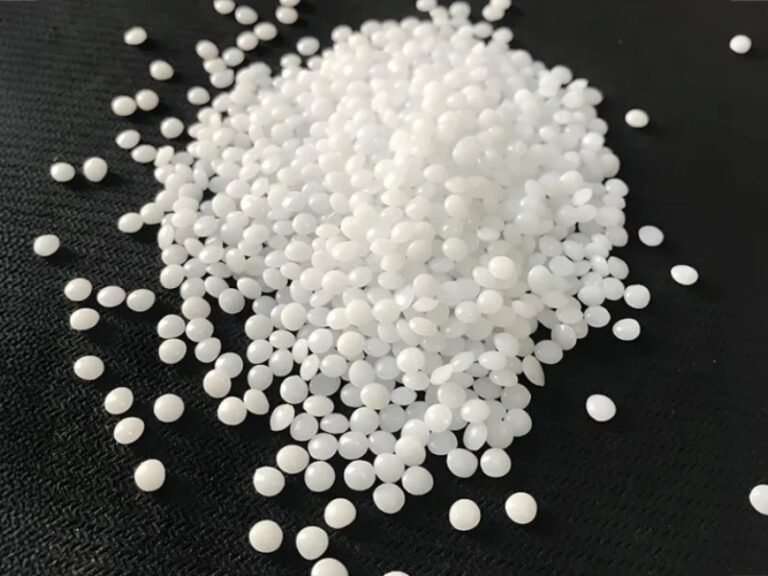Rubber overmolding is a transformative manufacturing process that integrates rubber with substrates like metal, plastic, or fabric to create high-performance, multi-material components. This technique delivers enhanced functionality, durability, and aesthetics across industries.
What is Rubber Overmolding?
The rubber overmolding is a process to create a seamless, integrated part. The process begins with preparing the substrate, which may involve cleaning, texturing, or applying adhesives to ensure strong adhesion. The substrate is then placed into a mold, and molten rubber is injected or compressed around it, curing to form a durable bond.
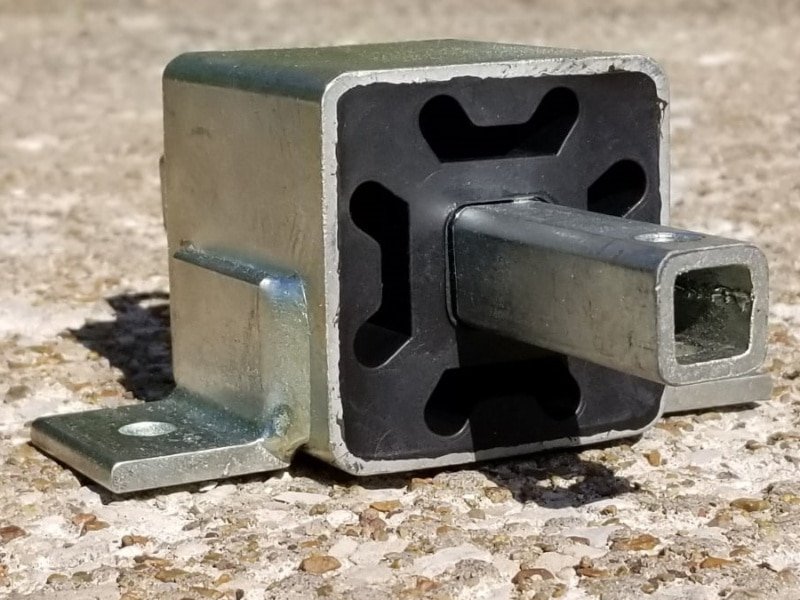
Rubber Overmolding Service
Types of Rubber Used in Overmolding
The choice of rubber in rubber overmolding depends on the substrate and the component’s intended application. Below are common rubbers used for different substrates, ensuring compatibility and performance.
Rubber Over Metal
- Silicone Rubber
- Nitrile (NBR)
- Fluorocarbon (FKM/Viton)
- EPDM
Rubber Over Plastic
- Thermoplastic Elastomer (TPE)
- Thermoplastic Polyurethane (TPU)
- Liquid Silicone Rubber (LSR)
Rubber Over Fabric
- Silicone Rubber
- Neoprene
- Natural Rubber
Why Choose Rubber Overmolding?
Rubber overmolding offers numerous advantages:
Extended Durability & Corrosion Resistance: By enveloping sensitive substrates, especially metal, rubber shields against moisture, chemicals, and wear.
Improved Grip and Comfort: Rubberized surfaces feel better in the hand and provide superior slip resistance, enhancing user comfort in products like tool handles and medical devices.
Enhanced Sealing & Protection: The process creates robust seals around interfaces or joints, making products waterproof, dustproof, or chemically resistant.
Shock and Vibration Damping: Rubber absorbs impacts and reduces noise, critical for machinery, automotive mounts, and consumer electronics.
Cost Efficiency: Integrating multiple materials in a single process reduces assembly time, eliminates fasteners, and lowers production costs.
Customization & Aesthetic Versatility: Rubber overmolding allows for customized varied colors, textures, and finishes, enhancing product appeal and brand differentiation.
These benefits make it one of the most sought-after overmolding services in manufacturing high-performance components.
Types of Rubber Overmolding Processes
Rubber overmolding is one of several common types of rubber molding used to combine functionality and performance in complex applications. The rubber overmolding process employs several techniques, each optimized for specific production needs and material requirements:

- Injection Molding: Molten rubber is injected into a mold containing a metal or plastic substrate. Once cooled and solidified, the mold is opened to release the finished part. This method is highly accurate and ideal for high-volume production of precision components like seals and grips.
- Compression Molding: The substrate is placed in a heated mold, and molten rubber is applied under pressure to conform to the substrate’s shape. After cooling, the part is removed. This technique suits complex shapes and small-batch production.
- Transfer Molding: Molten rubber is placed in a transfer pot and forced into a mold cavity with the substrate via a channel. This method is effective for intricate designs requiring high precision and moderate production volumes.
- Liquid Injection Molding (LIM): Liquid rubber, typically silicone, is injected into a mold and cured. Known for rapid cycle times and precision, LIM is ideal for fragile substrates or electronic components.
- Two-Shot Molding: Two materials are injected into a single mold in one cycle, creating multi-material parts with strong bonds. This efficient process is perfect for complex, multilayered designs in high-volume production.
Mechanical vs. Chemical Bonding in Rubber Overmolding
Mechanical Bonding
Mechanical bonding uses physical features like undercuts or holes in the substrate to lock the rubber in place. Molten rubber flows into these features during molding, creating a secure bond. It’s effective for low-compatibility substrates like polypropylene but may require complex tooling.
Chemical Bonding
Chemical bonding achieves molecular adhesion, often with adhesives or surface treatments like plasma cleaning. Ideal for compatible materials like TPE over ABS, it ensures a strong, seamless bond but requires careful material selection to avoid delamination.
Applications of Rubber Overmolding Across Industries
Rubber overmolding’s versatility makes it indispensable across multiple sectors, enabling the creation of a wide variety of moulded rubber products tailored to specific performance requirements:
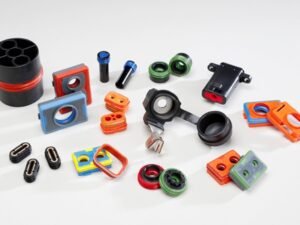
Automotive: Vibration mounts, gaskets, weather seals, pedal pads
Medical: Surgical handles, tight-seal tubing, device covers
Electronics: Keypads, protective shells, cable grommets
Industrial: Machine pads, safety guards, isolation bushings
Consumer: Tool handles, grips, kitchenware, sports equipment
Precautions for Successful Rubber Overmolding
To achieve optimal results in the rubber overmolding process, manufacturers must address several key considerations:
- Material Compatibility: Ensure the rubber and substrate are chemically or mechanically compatible to prevent delamination or weak bonding.
- Surface Preparation: Clean and treat substrates with adhesives, plasma, or primers to enhance adhesion and ensure a strong bond.
- Tooling Precision: Use high-quality molds to avoid defects like flash, voids, or misalignment, particularly in complex processes like two-shot molding.
- Temperature Control: Verify that the substrate’s melting point exceeds the rubber’s curing temperature to prevent deformation or warping.
- Quality Assurance: Implement rigorous testing to detect defects like voids or delamination, optimizing process parameters for consistency.
- Cost Management: Evaluate tooling and production costs, as high initial investments may be a barrier for low-volume projects.
Conclusion
To determine if rubber overmolding aligns with your business goals, assess your product requirements, production scale, and budget. Partnering with Zhongde allows you to access end-to-end custom rubber moulding solutions tailored to your application, from material selection to production optimization.
